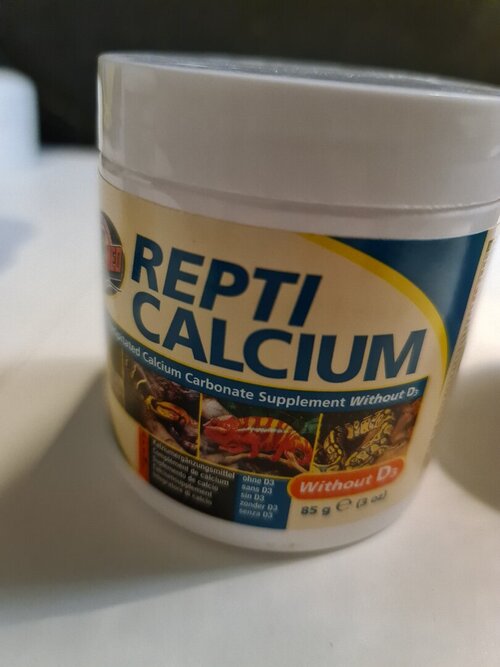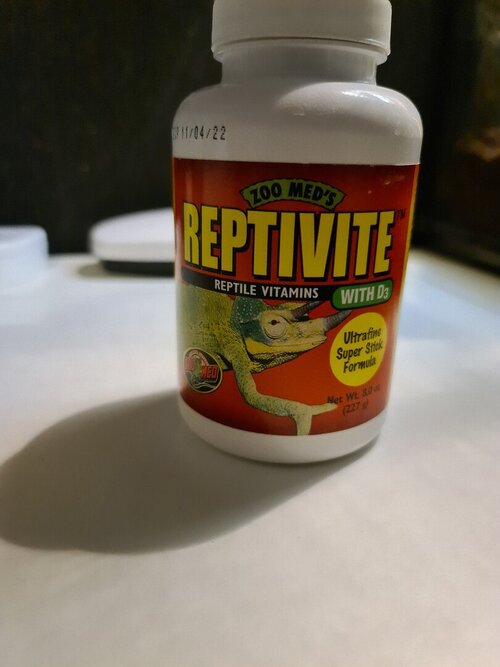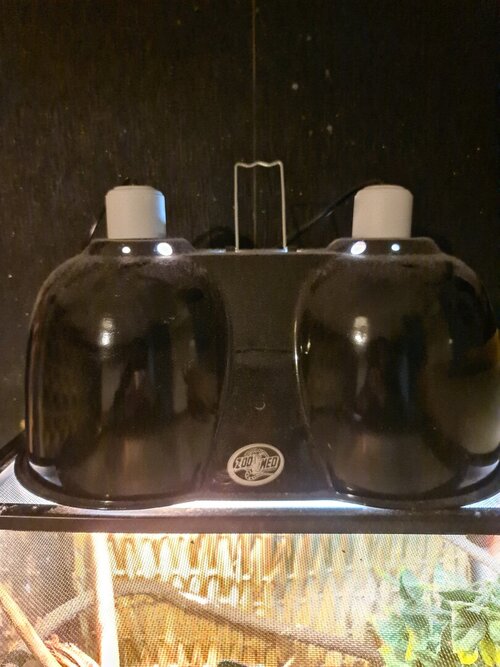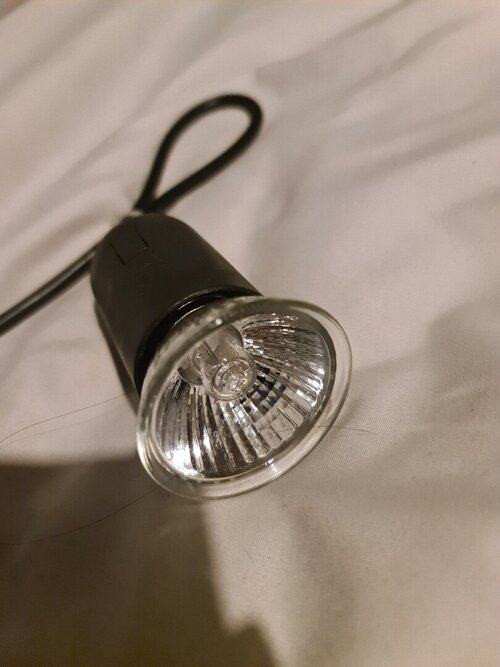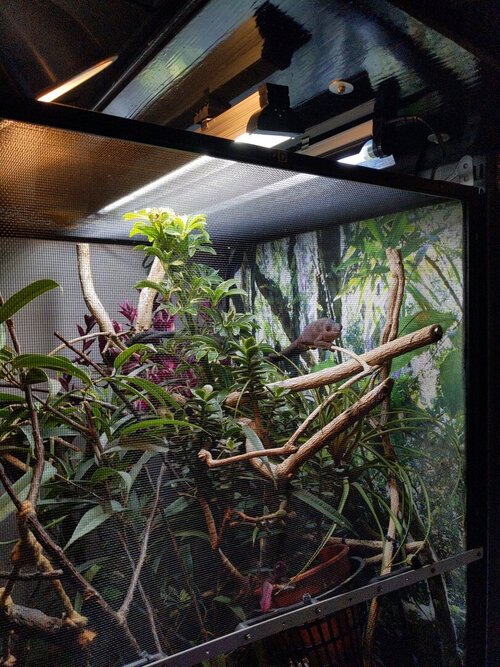Khayward014
Member
Hello,
I have been doing some research on the suppliments that a chameleon needs and I've found out that they need 3 different suppliments. Calcium with D3, Calcium without D3 and a multivitamin. I am unsure if the suppliments that I am using are right...
I am currently using Repti Calcium without D3 on every feed (3-4 times a week) as well as Zoo Med's Reptivite with D3 every two weeks, however both the labels say to dust 12 feeders a week, so I'm confused on how often to give her these.
I also have a suppliment that I don't use after hearing bad reports about it but its Nutrobal which is a calcium balancer and a multivitamin.
I also need a new multivitamin suppliment but I haven't been able to find anywhere that sells it, so if anyone knows any that would be great!
Thanks!
I have been doing some research on the suppliments that a chameleon needs and I've found out that they need 3 different suppliments. Calcium with D3, Calcium without D3 and a multivitamin. I am unsure if the suppliments that I am using are right...
I am currently using Repti Calcium without D3 on every feed (3-4 times a week) as well as Zoo Med's Reptivite with D3 every two weeks, however both the labels say to dust 12 feeders a week, so I'm confused on how often to give her these.
I also have a suppliment that I don't use after hearing bad reports about it but its Nutrobal which is a calcium balancer and a multivitamin.
I also need a new multivitamin suppliment but I haven't been able to find anywhere that sells it, so if anyone knows any that would be great!
Thanks!

